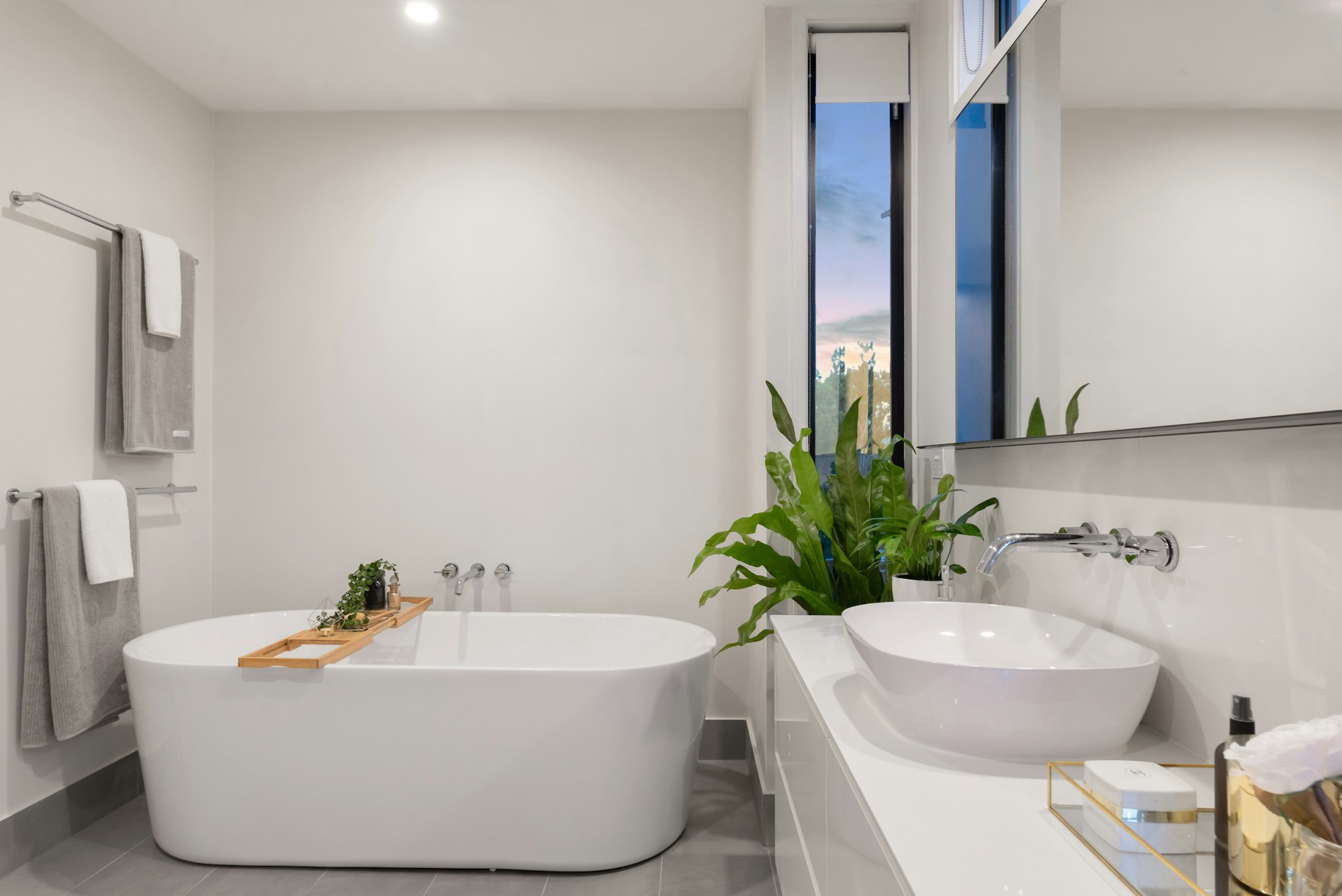Solving Common Problems with Standalone Bathtubs

Standalone bathtubs are making a grand comeback in modern bathrooms. Known for their elegance and versatility, these freestanding beauties can elevate the look of any bathroom. Whether you're aiming to create an oasis of relaxation or simply add a touch of luxury, a standalone tub can be the perfect centerpiece. But like any good investment, choosing the right one for your space requires careful thought. The options are vast, with various styles, materials, and sizes available, making it crucial to find a tub that fits both your personal taste and practical needs.
Finding the ideal standalone bathtub goes beyond aesthetics. It's important to consider how a bathtub suits your bathroom's layout, style, and functionality. Choosing the right bathtub ensures a cohesive look and efficient use of space. Imagine soaking in a beautiful tub that fits seamlessly within your elegant bathroom design — it can turn a simple bath into a rejuvenating escape. Before diving into this decision, it's wise to familiarize yourself with common challenges and solutions associated with standalone bathtubs.
Common Issues with Standalone Bathtubs
Standalone bathtubs bring undeniable beauty and style to a bathroom, but they can also come with a set of challenges. Here are some common issues that homeowners might face:
1. Plumbing and Installation Challenges: Standalone bathtubs often require professional plumbing, as the absence of walls means that pipes need special attention. Improper installation can lead to leaks or inefficient water flow.- In some cases, adjustments to the existing flooring might be necessary to accommodate plumbing needs.
2. Space and Placement Concerns: These tubs can become a focal point, but they also demand ample space. Ensuring you have enough room not just for the tub itself but also for ease of movement is vital.- The weight of a filled standalone bathtub can be substantial, requiring a careful check of the floor's support capabilities.
3. Maintenance and Cleaning Difficulties: Without surrounding walls, the outer sides of a standalone tub are open to view and need regular cleaning to maintain their pristine appearance.- Different materials, such as acrylic or cast iron, have specific cleaning requirements, making it important to use the right cleaning products.
Despite these challenges, the allure of soaking in a beautifully designed standalone bathtub often outweighs the cons. Addressing these concerns with careful planning and professional assistance can make sure your bathroom transformation goes smoothly.
Solutions for Plumbing and Installation Challenges
To ensure your standalone bathtub functions smoothly, getting the plumbing and installation right is key. Hiring professional plumbing services can often make the difference between a seamless installation and future headaches. Experts can handle pipe placements with precision, avoiding any potential leaks or water flow problems. It's also a great opportunity to check that all adjustments to your bathroom's flooring are done correctly, ensuring stability for your tub.
Choosing the right fixtures and fittings is another crucial step. Quality fixtures not only enhance the tub's functionality but also add to its overall aesthetic. Consider durable materials that match the design theme of your bathroom. For instance, if you have a contemporary space, chrome or brushed nickel fittings might be perfect. If classic style is your preference, perhaps polished brass would be more suitable. With the right combination, your bathtub will not only look good but will also stand the test of time.
Optimizing Space and Placement
Getting the placement of your standalone bathtub just right can transform your bathroom. Start by measuring your space accurately. Make sure you have ample room not just for the tub itself, but also for comfortable movement around it. This will prevent a crowded feel and promote a more open, spa-like environment, ideal for relaxation.
Here's a quick checklist to help you optimize your layout:
- Measure Bath Area: Ensure enough surrounding floor space for easy entry and exit.
- Check Floor Support: Make sure your floor can support the weight of a filled tub.
- Visualize Layout: Consider how the tub will look from different angles and its impact on the overall bathroom design.
- Select Tub Style: Choose a tub size and style that complement the rest of your bathroom decor.
Proper placement will not only enhance the look of your bathroom but will also prevent future hassles or accidents.
Easy Maintenance and Cleaning Tips
Keeping your standalone bathtub looking pristine doesn't need to be a chore. Start by using the right cleaning products tailored for your tub's material. For instance, acrylic tubs generally require mild cleaners, while cast iron models might withstand something a bit stronger. Avoid abrasive materials that could scratch or dull the finish.
To prevent common issues like mold and mildew, ensure proper ventilation in your bathroom. This might mean using an exhaust fan during and after baths, especially if your bathroom doesn’t have a window. Regularly inspecting and wiping down the tub helps too. Simply taking a moment to dry off splashes after each use can go a long way in maintaining your tub's beauty.
When you tackle installation, space, and cleaning measures with care, a standalone bathtub not only becomes a focal point but also a source of delightful, unwinding experiences. Enjoy timeless baths in a beautifully crafted setting without hassle.
Ready to embrace the elegance of a freestanding tub in your space? Explore comfort and design that fits your style by browsing our wide selection of standalone bathtub options. iBLDA is here to help you create a bathroom that feels both beautiful and relaxing.
